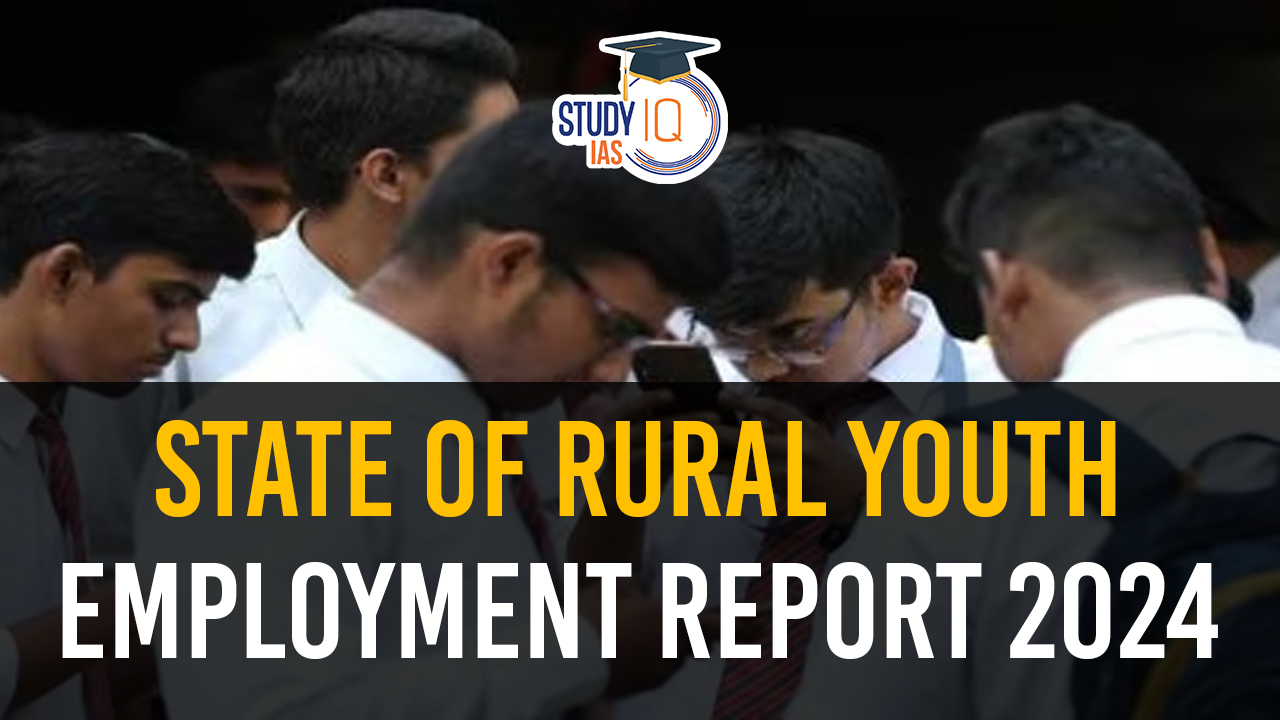Table of Contents
Context: The “State of Rural Youth Employment Report 2024” prepared by the Development Intelligence Unit (DIU) was released.
More in News
- Research Conducted by: The Development Intelligence Unit (DIU), in collaboration with Transform Rural India (TRI), Sambodhi Research, and the Global Development Incubator (GDI).
- Survey Details: The study involved surveys of 5,169 ‘opportunity youth’ across 21 states, defining ‘opportunity youth’ as those who are unemployed or underemployed, making up 70% of all rural youth in India.
Key Findings of State of Rural Youth Employment Report 2024
- High Job Dissatisfaction: Between 70-85% of currently employed rural youth are looking to change their jobs.
- Declining Interest in Traditional Sectors: Agriculture and self-employment are no longer seen as desirable career paths by many rural youths.
- Shift Toward Salaried and Business Roles: The majority of those wanting to change jobs prefer small businesses or salaried positions in both public and private sectors.
- Gender Differences in Business Aspirations: Among those interested in starting businesses, 90% of male respondents and 50% of female respondents indicated a need for support in accessing seed capital.
- Only 10% of respondents felt a need for a full training course.
- Perceptions of Agriculture: A majority of respondents view current agriculture as non-aspirational due to low productivity and insufficient profits.
- Key improvements needed in agriculture include technical support for increased productivity, crop diversification support, and access to high-quality, affordable agricultural inputs.
- Local vs. Distant Employment: Over 60% of male and 70% of female respondents preferred to find work in or close to their villages, even if the income was 20-30% lower than what could be earned farther away.
Recommendations
- There is a clear preference among young people to stay within or close to their villages, despite lower income potential.
- The report emphasises the need to enhance local employment opportunities to bridge the aspiration gap in rural areas.


 GPS Spoofing and Its Impact in India: A ...
GPS Spoofing and Its Impact in India: A ...
 Amrit Gyaan Kosh Portal: A Comprehensive...
Amrit Gyaan Kosh Portal: A Comprehensive...
 UpLink Initiative: Launched by World Eco...
UpLink Initiative: Launched by World Eco...





















